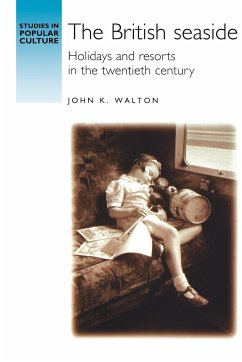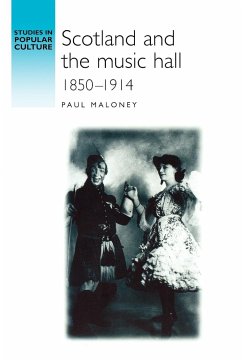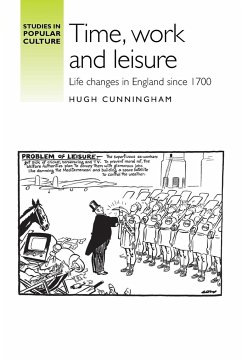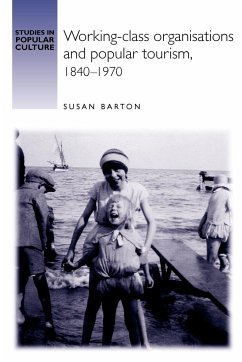
The devil's highway
Urban anxieties and subaltern cultures in London's sailortown, c.1850-1900

PAYBACK Punkte
56 °P sammeln!
Branded the Devilâ s Highway, nineteenth century Ratcliffe Highway was associated with crime and vice. In contrast, this book argues that sailortown was a distinctive and functional community. This community fostered an urban-maritime culture that shaped a sense of themselves and the conventions that governed subaltern behaviour in the district. -- .














